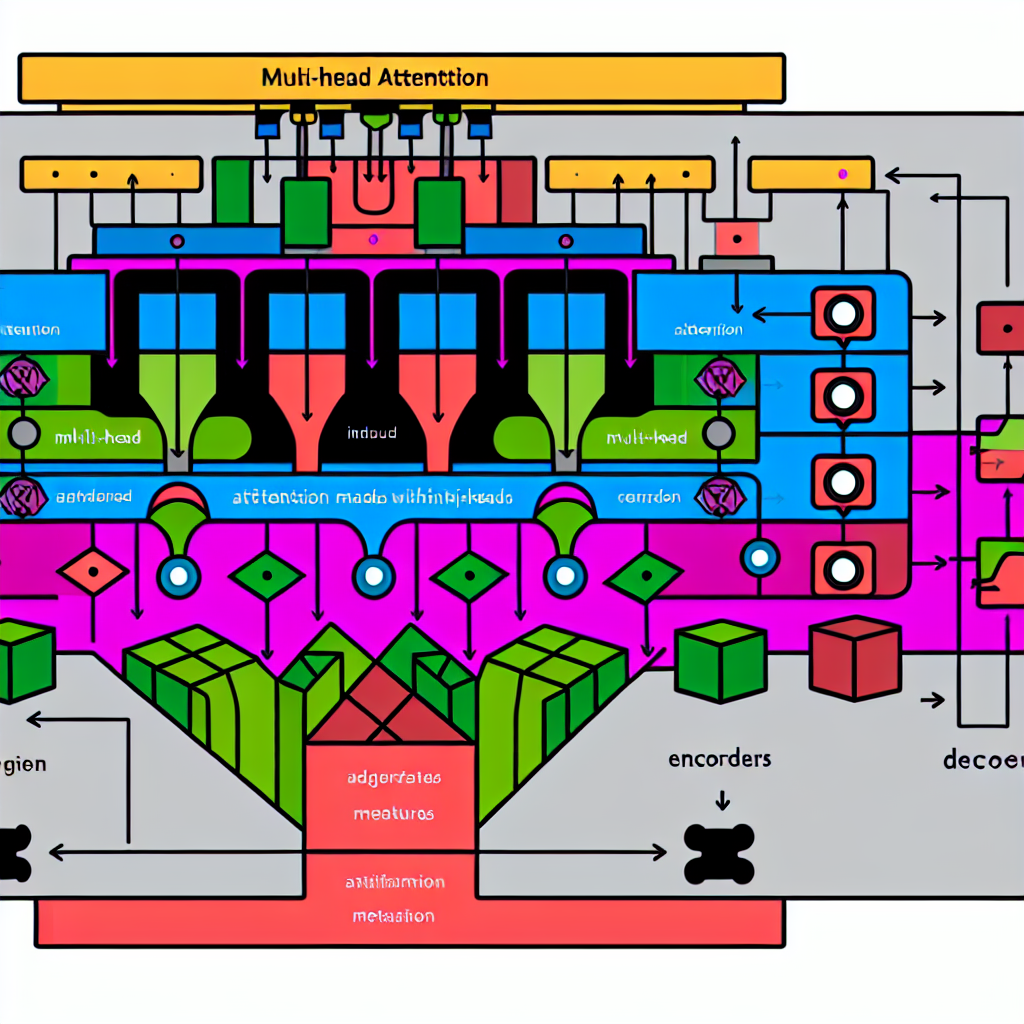Advanced Generative Design in Architecture: Revolutionizing 2025
In this article, we will explore how generative design is reshaping the field of architecture, offering insights into the algorithms and technologies driving this change. We’ll delve into real-world examples, highlighting the tangible benefits of these advanced methodologies and providing a roadmap for AI and data science enthusiasts to engage with this exciting field.
What is Generative Design?
Generative design is an iterative design process that mimics nature’s evolutionary approach to design. By using algorithms to explore a multitude of design solutions, it enables architects to produce optimized and often surprising layouts. This process involves defining goals and constraints, letting the software generate options based on those inputs, and then evaluating the output to select the best solutions.
The concept is rooted within AI and data science, where complex algorithms are employed to simulate design scenarios, evaluate performance, and optimize parameters. This method allows architects to harness enormous computing power to work through a vast array of potential designs much more quickly than traditional methods.
Applications in Architecture
Generative design is being used to enhance the traditional architecture process in numerous ways. From optimizing spatial layouts for housing projects to innovative structural designs for skyscrapers, these algorithmic approaches are proving invaluable.
A key application is in sustainability, where generative tools simulate environmental impacts, allowing architects to design buildings with reduced energy consumption. By optimizing elements such as sunlight exposure, natural ventilation, and material use, architects can create eco-friendly structures that align with modern sustainability goals.
Additionally, generative design supports urban planning, optimizing land use and transportation efficiency in growing cities. This application is crucial for minimizing resource wastage and maximizing the functionality and livability of urban areas.
Emerging Trends and Technologies
One of the most enthralling trends in generative design is the integration with virtual reality (VR) and augmented reality (AR). These technologies allow architects to immerse themselves in the designs, facilitating a more comprehensive understanding of the impacts of their algorithmically-generated choices.
Machine learning is another key trend, enabling the generative design process to become more intelligent and contextual. By learning from past projects, algorithms can fine-tune their output to better meet specific design requirements. This synergy between machine learning and generative design is leading to increasingly sophisticated architectural solutions.
Furthermore, cloud computing has emerged as a crucial technology, providing the computational power necessary for running complex algorithms. Cloud-based platforms enable real-time collaboration, where multidisciplinary teams can work together seamlessly, leveraging generative design’s capabilities.
Real-World Examples
An exemplary case of generative design in architecture is Autodesk’s involvement in the design of its Toronto office. Using generative design, Autodesk explored over 10,000 potential layout options, optimizing for criteria such as daylight, views, and noise levels, resulting in a uniquely tailored and efficient workspace.
Another notable example is Zaha Hadid Architects’ collaboration with AI consultants to create complex forms and structures. Their work demonstrates the capability of algorithmic design to produce commercial and cultural buildings that are not only visually striking but also structurally sound.
In urban development, Sidewalk Labs’ project in Toronto showcases a sprawling implementation of generative design. This initiative seeks to create a sustainable and efficient urban landscape, testifying to the practical benefits of these advanced design methodologies.
Challenges and Opportunities
While the possibilities of generative design are expansive, there are challenges that architects and data scientists must contend with. Intellectual property issues arise as to who owns the designs created by algorithms. Additionally, the initial learning curve for mastering generative design tools can be steep.
However, these challenges are accompanied by significant opportunities. As generative design continues to evolve, it offers unprecedented capabilities for innovation in the architectural arena. Professionals who master these tools will be at the forefront of the industry, driving forward creativity and efficiency.
To further understand these trends, visit Architectural Digest for broader insights into future architectural innovations.
FAQ
What is the role of AI in generative design?
AI plays a critical role in generative design by optimizing design processes and outcomes. Algorithms analyze data inputs and generate multiple design options, learning and improving through iterations.
Can generative design be used in residential architecture?
Yes, generative design can be applied to residential projects by optimizing layouts, improving energy efficiency, and personalizing designs to fit individual needs and preferences.
How does generative design contribute to sustainability?
Generative design contributes to sustainability by simulating and optimizing environmental impacts, resulting in energy-efficient and resource-conscious buildings.
What are the best tools for generative design?
Some of the leading tools for generative design include Autodesk’s Fusion 360, Rhino with Grasshopper, and Bentley Systems’ GenerativeComponents.
Conclusion
Generative design is unequivocally transforming architecture, offering architects an unprecedented toolkit of optimization and creativity. As we look to the future, the integration of machine learning and broader computational advances will further enhance the capabilities of this technology.
To remain competitive and innovative, architects and data science professionals must embrace this digital shift. For more in-depth articles and insights, explore our GenAI Trends and Data Science Techniques sections to stay ahead in the evolving landscape.
Subscribe to our newsletter for regular updates on cutting-edge practices in AI and architecture.



